I’ve seen some people saying that English National Ballet’s Le Corsaire is so out-of-date it’s risible to see it staged in the 21st century. Sex trafficking, men in black with scimitars in Istanbul, pirates trading slaves across the Mediterranean, rich fat men rubbing their jewelled paws over fresh young bodies — pshaw indeed!
But I’d like to have heard Tamara Rojo, ENB’s artistic director, pitch to her board and sponsors to get the shiploads of doubloons she needed to stage it with the bling and panache its spectacle requires. An even tougher sell might have been getting her multiracial dancers on board with playing slaves and slave-dealers. So yes, I reckon Le Corsaire is bang-on current as a project.
The front curtain tells us the unlikely fact that the story is based on Lord Byron’s poem about the buccaneering corsair — fortunately not a whit more respectfully than the Don Quixote ballet of about the same period is based on Cervantes. That is, it simply provides any excuse for exotic scenery and exultantly energetic classical dancing — hokum and proud of it.
Bob Ringwood’s Istanbul vista and his succulent costumes are worth the ticket price alone; and the music, knocked up with brazen theatricality from contributions by ten composers, performs that vital but rarely found function of seizing you by the ears and telling you exactly what to feel — ‘Pay attention! This is going to be exciting!’ orders the overture; ‘They’re all doomed!’ warns the Act 3 prelude.
There are useful similarities to This is Spinal Tap, in which a boyband — here, the pirates led by Conrad — has its emotional ecology disturbed by a woman — here Medora — with the subsequent wrecking of the boyband. Medora’s destiny, to be a harem slave, is shared, less resistingly, by her best friend Gulnara, whose role supplies the traditional mid-19th-century second ballerina of contrasting qualities, and thus ensures a banquet of starry solo work. An act of God ensures that Gulnara pays a price for giving in too easily, which appeases the moralists.
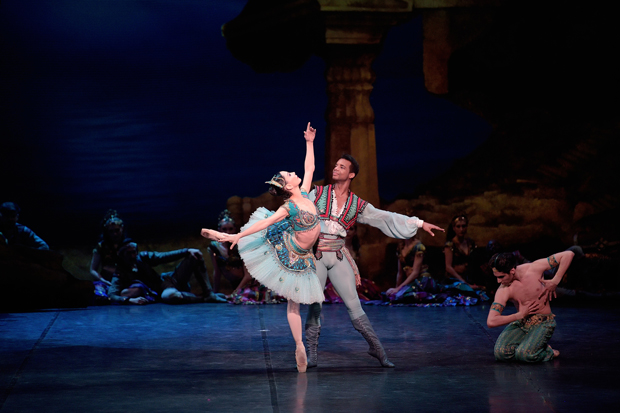
Over 150-plus years the ballet has been pirated and resampled so many times that it has hardly an authentic leg to stand on. Anna-Marie Holmes’s version for ENB is based on one the Bolshoi junked in 1995, refreshed with a Western sense of humour to replace the evil villain Pasha with a cuddly, comic one. This saves the story, giving it over entirely to frolicsome charm and a focus on its fetching choreography, a palimpsest of 19th-century classical petit point with the broader, eye-catchingly acrobatic strokes of Soviet preferences.
Don’t ask what delicate French waltzes are doing in a slave market, just enjoy the crystalline choreography where three odalisques in bare midriffs and tutus perform an exquisite episode of original Petipa choreography. The later liking for hunky male roles — Conrad and Birbanto heading the pirates, the muscular slave-dealer Lankendem, the mysterious bare-chested Ali, and cohorts of corsairs and Ottoman security guards — ensures an unstoppable stream of competitive male leaping, in which ENB now offers far more excitement than its rival over in Covent Garden.
Ballet doesn’t come more Darwinian than the first night’s pas de trois, when Tamara Rojo, new Cuban recruit Osiel Gouneo and junior Cesar Corrales burned up the stage with rival fireworks. Does it take Latin dancers to show the British that, in classical ballet, technical dazzle isn’t vulgar, it’s vital? Indeed, there was too much nervous flashiness from Gouneo, but I suspect that once ENB’s balletmaster Irek Mukhamedov gets his hands on him, this big natural talent will refine himself, as the terrific Corrales is already doing.
Man of the match on the first night, though, was a stunning American guest as slave-trader Lankendem, Brooklyn Mack, who finished every exultant leap with a deep-bending finish as soft as silk, and even in ENB’s testosterone-rich corridors he would be an ornament.
While Rojo the director is making seriously good decisions about increasing the quality and motivation in ENB’s male section, she is visibly as a ballerina influencing a rise in refinement among the women too. Great ballerinas don’t just speak classical fluently, they enunciate it with relish for its idioms and cut-glass footwork. Rojo does this, as does Alina Cojocaru (currently absent with a nasty injury). A host of ENB women are showing us newly discovered fastidiousness, including Laurretta Summerscales, Ksenia Ovsyanick, Rina Kanehara, Alison McWhinney, Madison Keesler, Shiori Kase and Anjuli Hudson.
There is a vibrancy on stage at ENB now, which may go OTT occasionally — and yes, Rojo certainly needs to establish a unifying company style, particularly for the men — but Le Corsaire declares that ballet is very much alive in the 21st century in this sharp-witted troupe.
Got something to add? Join the discussion and comment below.
Get 10 issues for just $10
Subscribe to The Spectator Australia today for the next 10 magazine issues, plus full online access, for just $10.
You might disagree with half of it, but you’ll enjoy reading all of it. Try your first month for free, then just $2 a week for the remainder of your first year.

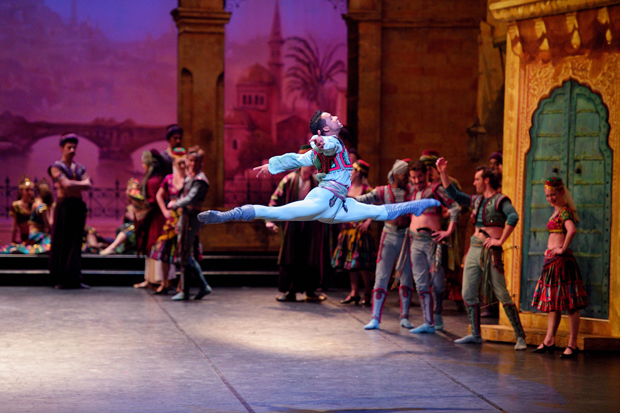
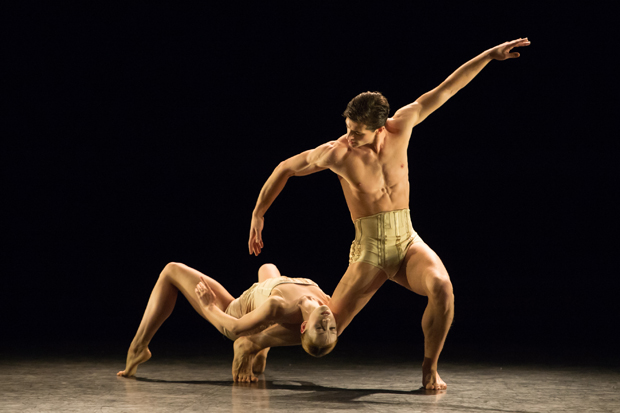
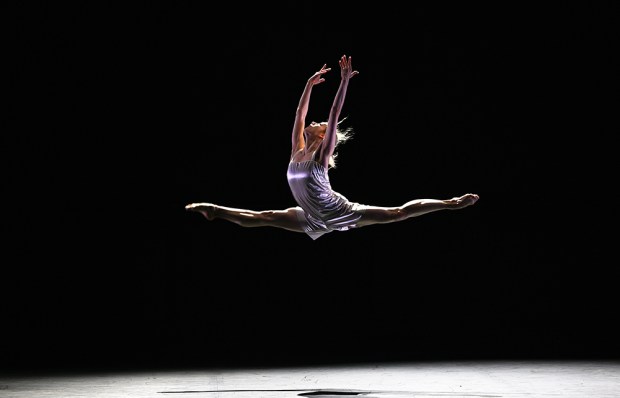
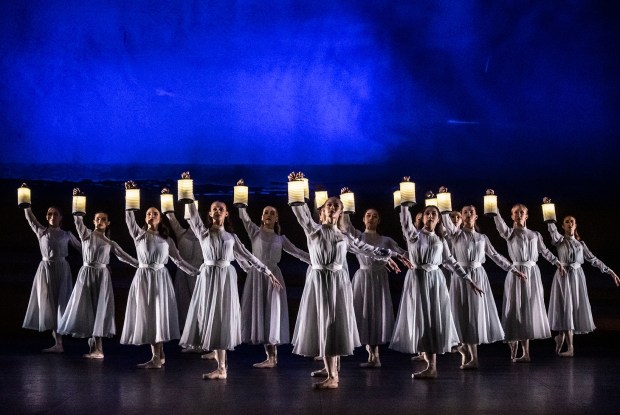
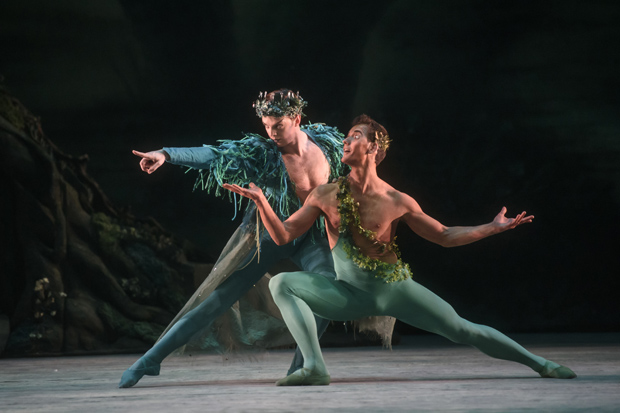
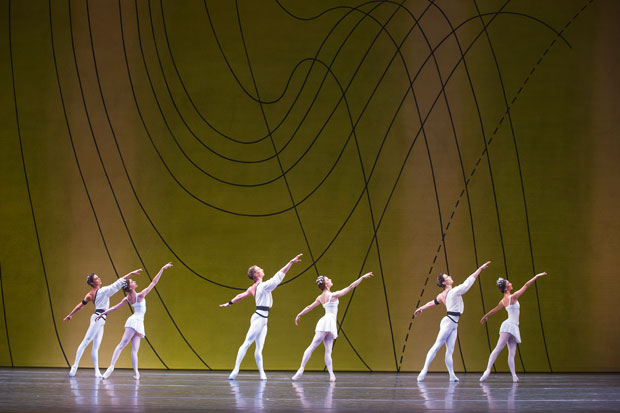
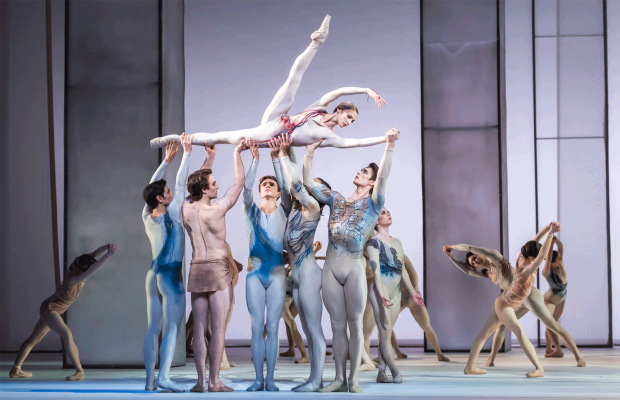






Comments
Don't miss out
Join the conversation with other Spectator Australia readers. Subscribe to leave a comment.
SUBSCRIBEAlready a subscriber? Log in